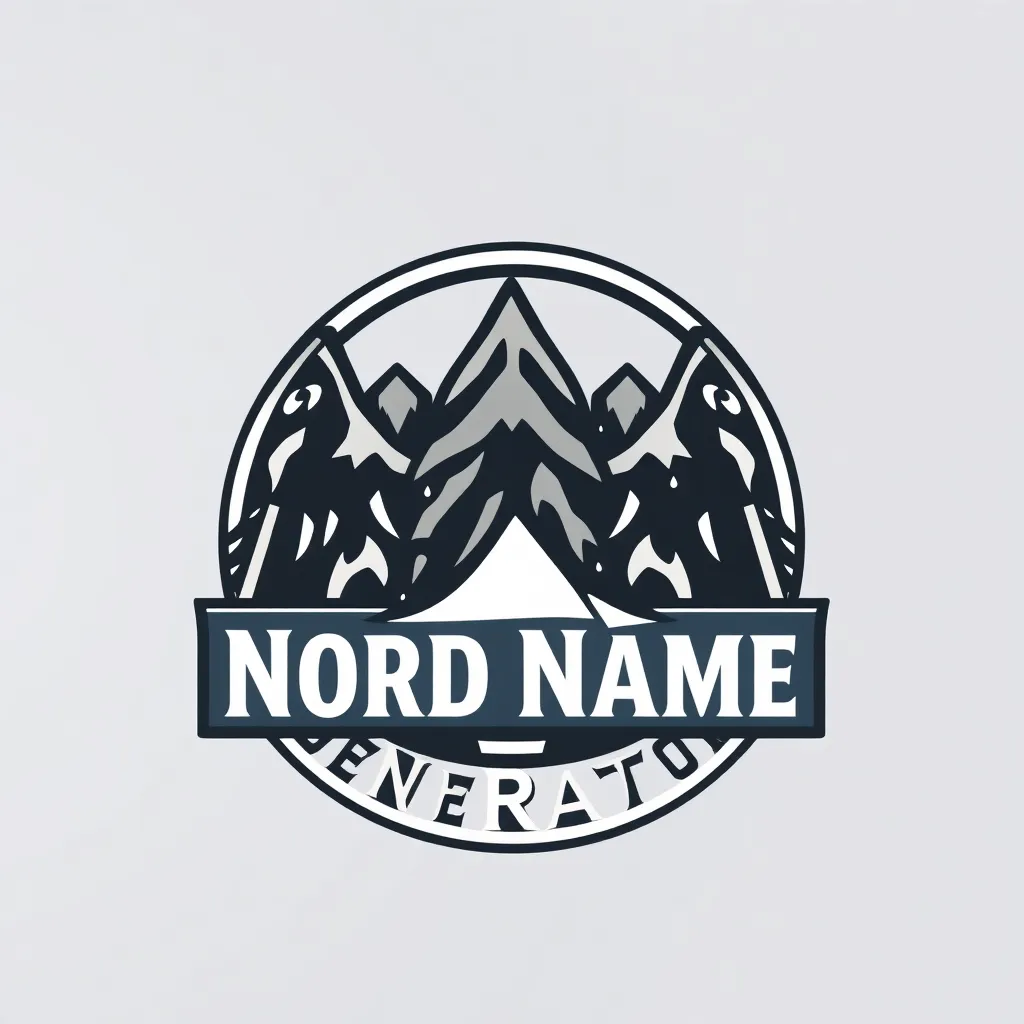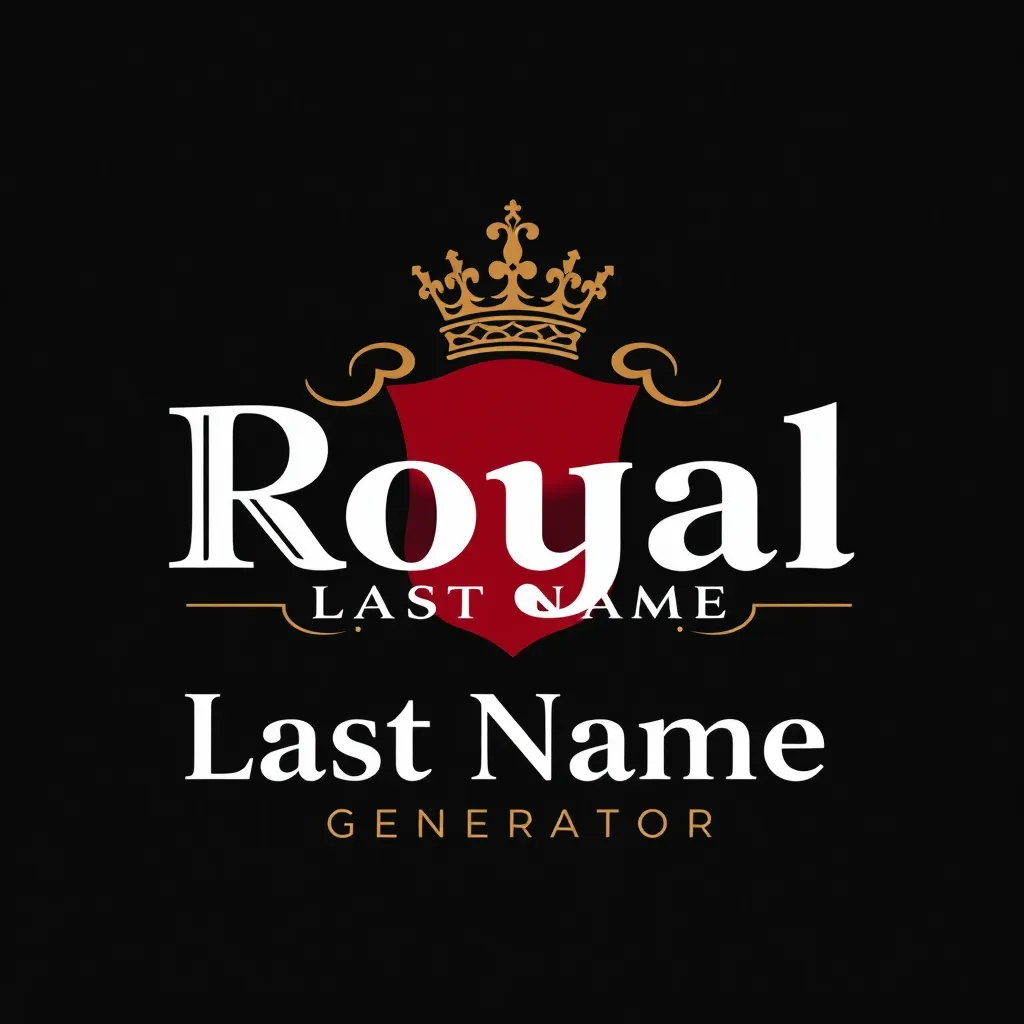
IUPAC Name Generator from Image
Effortlessly convert chemical structure images to IUPAC names using our AI-powered generator.
IUPAC Name Generator from Picture
What is the IUPAC Name Generator from Picture?
The IUPAC Name Generator from Picture is an advanced tool that utilizes AI to identify chemical structures within images and automatically generates the corresponding IUPAC (International Union of Pure and Applied Chemistry) name.
Image-Based Input
Simply upload an image containing a chemical structure to initiate the naming process.
AI-Powered Recognition
Leverages sophisticated AI algorithms to accurately identify and interpret chemical structures.
Automatic IUPAC Generation
Generates the correct IUPAC nomenclature, adhering to standardized naming conventions.
Time-Saving Solution
Eliminates the need for manual structure interpretation and nomenclature creation, saving valuable time and reducing errors.
Broad Compound Support
Handles a wide array of organic compounds, from simple alkanes to complex molecules.
How to Generate IUPAC Names from Pictures
Follow these easy steps to get your IUPAC names:
Upload Image
Upload an image containing the structure of the chemical you want to name. Ensure the structure is clearly visible.
AI Analysis
Our AI will analyze the image and identify the chemical structure.
Generate IUPAC Name
Click the 'Generate' button to automatically generate the IUPAC name.
Review and Copy
Review the generated IUPAC name and copy it for your use.
Unveiling IUPAC Name Generator from Picture: A Revolution in Chemical Nomenclature
Imagine a world where deciphering complex chemical structures from images becomes effortless, and accurately assigning the correct IUPAC (International Union of Pure and Applied Chemistry) names is a matter of seconds. This is the promise of the IUPAC Name Generator from Picture: an AI-powered tool poised to revolutionize how we handle chemical nomenclature.
Primarily, this generator serves to automatically convert chemical structure images into their corresponding IUPAC names. This functionality addresses a significant bottleneck in various fields, including:
- Chemistry Research: Accelerates data analysis and literature review by rapidlyidentifying compounds depicted in research papers and patents.
- Education: Facilitates students’ learning by dynamically linking chemical structures to their nomenclature, reinforcing understanding of IUPAC rules.
- Drug Discovery: Enables quick retrieval of information associated with chemical compounds under investigation. This includes regulatory and safety data.
- Data Mining: Allows researchers to analyze large datasets of chemical structures by automatically indexing and categorizing them through IUPAC names.
- Inventory Management: streamline chemical management in laboratory settings.
This generator achieves this by employing advanced algorithms that combine:
- Image Recognition: Analyzes the image to identify bonds, atoms, and functional groups.
- Computer Vision: Intepret the structure diagram to understand the spatial relation of the elements.
- IUPAC Naming Rules: Applies the complex set of IUPAC rules to derive a standardized and unique name for the identified compound.
Beyond simply providing a name, a robust generator may also be capable of providing supporting information related to the chemical diagram such as chemical properties and relevant literature references.
Landmark Names and Their Stories
The power of this type of generator shines when applied to historical and/or difficult chemical structures. Here are a few examples with their fascinating historical or conceptual origins:
| Chemical | IUPAC Name | Origin/Background Story |
|---|---|---|
 |
2-acetoxybenzoic acid | Commonly known as Aspirin, acetylsalicylic acid was first synthesized in 1897 by Felix Hoffmann at Bayer . Its name comes from acetyl + spirinsäure (German for salicylic acid) + suffix “-in”. |
 |
1,3,7- trimethyl-1H-purine-2,6(3H,7H)-dione | Caffeine, a central nervous system stimulant found in coffee, tea, and chocolate. Its name derives from “kaffe,” the German word for coffee. |
 |
(2S,5R,6R)-3,3-dimethyl-7-oxo-6-(2-phenylacetamido)-4-thia-1-azabicyclo[3.2.0]heptane-2-carboxylic acid | Penicillin, a group of antibiotic medications derived from Penicillium fungi. The first penicillin identified and isolated was Penicillin G and it revolutionized the treatment of bacterial infections. |
 |
( - ) - ( 2R , 3 S) - N - Benzoyl - 3 - phenylisoserine , 13 - Benzoyl -2 - hydroxytax - 4 ( 20 ) , 11 - dien - 9-Ketone | Paclitaxel/Taxol is a chemotherapeutic drug particularly effect in breast cancer treatment. It was originally extracted from the bark of the Pacific Yew tree (Taxus brevifolia), hence its common brand name origins. |
As these examples reveal, understanding the link between a chemical structure and its IUPAC name enhances our ability to communicate and interact with chemical information. The IUPAC Name Generator from Picture accelerates and streamlines this crucial process, enabling faster research and easier access to complex scientific knowledge.
Relation Tools

Elven Name Generator
Generate unique and authentic Elven names effortlessly with AI.

Wu-Tang Clan Name Generator
Find your perfect Wu-Tang Clan inspired rap name now!

Nord Name Generator
Generate authentic and lore-friendly Nord names with ease.

Coffee Shop Name Generator
Unleash Your Perfect Coffee Shop Name

Scrabble Name Layout Generator
Create Stunning Scrabble Name Layouts in Seconds!

Steam Name Generator
Generate creative and unique Steam names for your gaming profile.

Royal Last Name Generator
Craft Regal Identities: Generate Noble Surnames Instantly

Doctor Name Generator
Generate realistic sounding doctor names for your novels, games, or create unique characters. Tailor names by specialty and more!
IUPAC Name Generation Examples
See how the generator processes different chemical structure images:
Ethanol
Successfully generates the IUPAC name for a simple alcohol based on an uploaded image of its structure.
Benzene
Accurately identifies and names the cyclic aromatic compound based on the provided image.
Acetic Acid
Effectively determines the IUPAC name for this carboxylic acid from its structural image.
Cyclohexane
Correctly names the cyclic alkane based when provided with just the image format structure.
2-Butanone
The AI correctly processes methyl ethyl ketone and supplies an IUPAC name
Dichloromethane
Halogenated hydrocarbons such dichloromethane are easily read if the bonds meet standard drawing practices in chemical literature/academia.
Naphthalene
Polycyclic aromatics such as naphthalene have their complicated structure identified with nearly 100% process.
Frequently Asked Questions
Find answers to common questions about our IUPAC Name Generator: